Here’s your first look at the B-21 Raider, America’s new stealth bomber
- By Alex Hollings
Share This Article
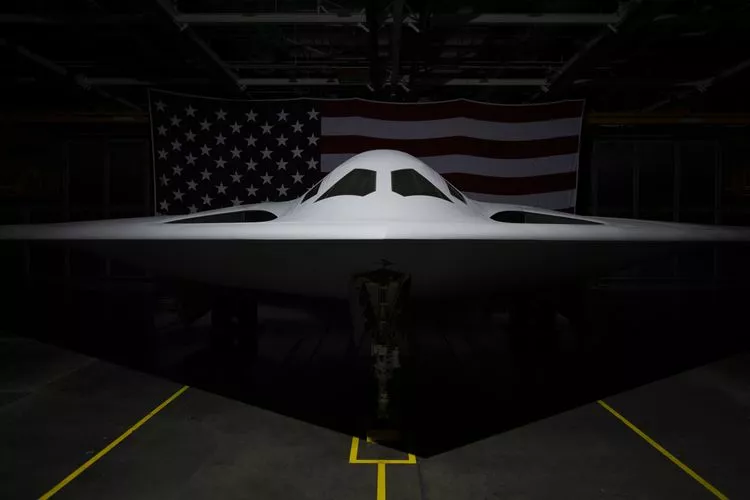
On Friday, Northrop Grumman officially unveiled the B-21 Raider in front of a small group of spectators, offering the world its first glimpse of America’s new stealth bomber. The B-21 is the first new bomber the United States has fielded in a quarter century since the Raider’s predecessor, the B-2 Spirit entered service in 1997.
“The B-21 Raider is a testament to America’s enduring advantages in ingenuity and innovation. And it’s proof of the Department’s long-term commitment to building advanced capabilities that will fortify America’s ability to deter aggression, today and into the future. Now, strengthening and sustaining U.S. deterrence is at the heart of our National Defense Strategy,” said Secretary of Defense Lloyd J. Austin III.
“This bomber was built on a foundation of strong, bipartisan support in Congress. And because of that support, we will soon fly this aircraft, test it, and then move into production.”
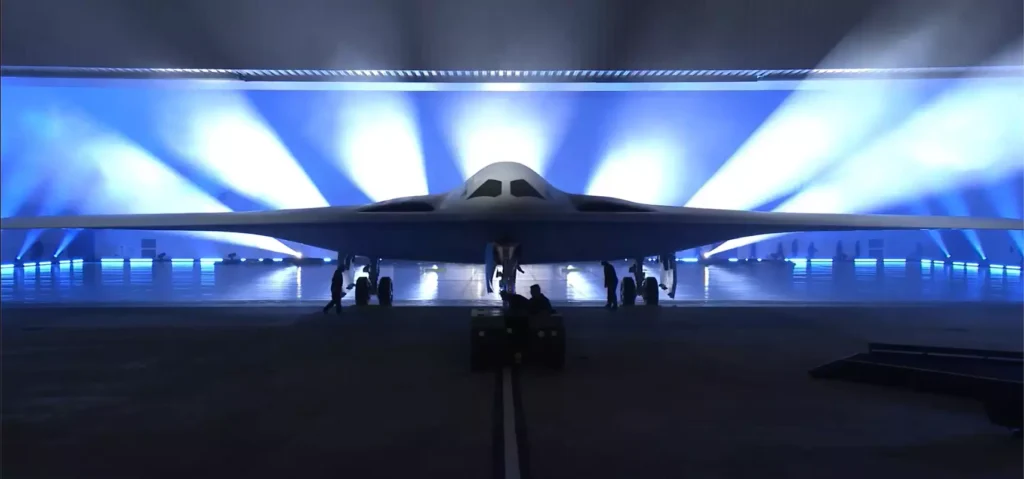
The Northrop Grumman-led B-21 effort began in 2015 under the unassuming title Long Range Strike-Bomber (LRS-B) and has since then served as a clinic in secrecy in the modern era. Despite the presence of high-resolution cameras in just about every pocket these days, not a single image of the B-21 has managed to leak onto the internet over seven years of development and with six test-model aircraft already nearing completion.
The new stealth bomber builds upon the success of its legendary precursor, the Northrop Grumman B-2 Spirit, but is said to leverage stealth technology that is at least “two generations” ahead of America’s long-serving flying wing. That in itself is a significant claim. Despite being in service for a quarter-century, the B-2 is still touted as among the stealthiest aircraft in the world.
“With the B-21, the U.S. Air Force will be able to deter or defeat threats anywhere in the world,” said Tom Jones, corporate vice president and president of Northrop Grumman Aeronautics Systems.
“The B-21 exemplifies how Northrop Grumman is leading the industry in digital transformation and digital engineering, ultimately delivering more value to our customers.”
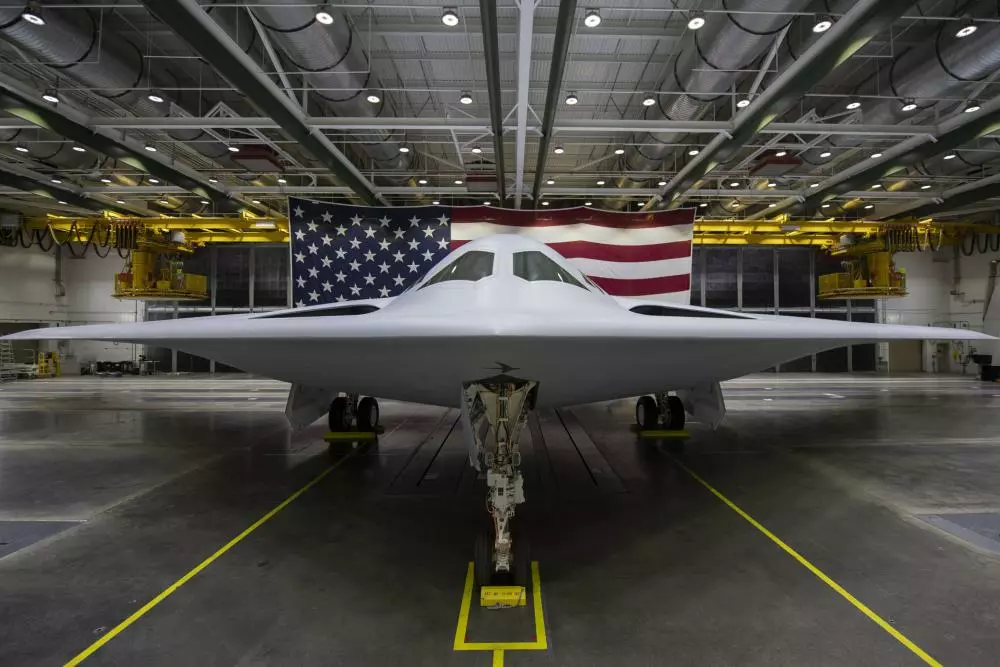
The B-21 benefits from more than three decades worth of advancement in stealth design since the B-2 first started flying, allowing for a more streamlined and effective shape capable of wicking away enemy efforts to both detect and target the new bomber.
It’s not just the design of the B-21 Raider that will make it stealthier than its predecessor: the aircraft will also benefit from significant advancements in material sciences.
A radar-deflecting design isn’t enough to make a modern aircraft truly stealthy, rather, they also have to be covered in layers of radar-absorbing materials (RAM) that significantly minimize their radar returns. These materials help to smooth out the finish of a stealth aircraft, as even a small blemish or crack in the fuselage could compromise its low observable profile. More importantly, RAM converts radar waves hitting the aircraft into heat that it can simply dissipate.
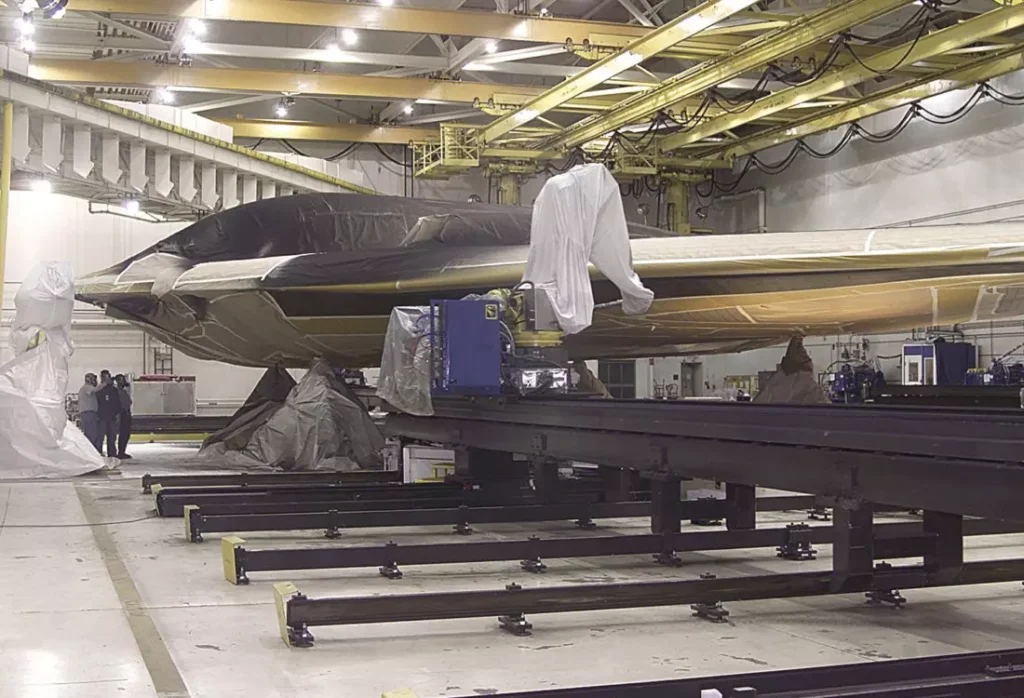
The RAM leveraged by today’s stealth fighters is rated to absorb a whopping 70-80% of inbound electromagnetic energy (radar waves), but it’s also extremely expensive, time-consuming to maintain, and susceptible to damage when exposed to things like high-heat, water, or salt. Developments in RAM technology are among the most closely guarded secrets in the Defense technology world, but there’s evidence to suggest that Northrop Grumman has been making continued strides in this realm over the past thirty years.
In 2017, Northrop Grumman was awarded $35.8 million to build a “new coatings facility at the same Palmdale, California plant in which the B-21 Raider is now being built” though the contract and Northrop releases at the time did not mention the bomber by name. By 2021, however, Northrop Grumman was no longer being as shy about advancements in their coating process. While not discussing any potential improvements in the B-21 coating’s ability to absorb energy, Northrop’s vice president of the Strike Division, Steve Sullivan, was clear that the materials leveraged for the new bomber would be a big improvement over the B-2.
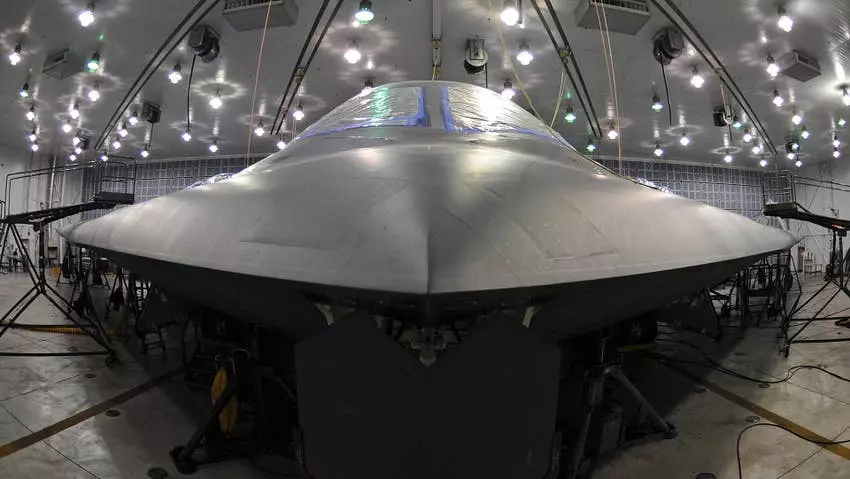
“Through the application of lessons learned on B-2 and other stealth aircraft, and the use of digital engineering techniques, not only do we have a design that has significantly improved over the B-2 from both a survivability and aero-performance perspective, we also now have a coating system that is as revolutionary in its maintainability as the original B-2 systems were in their stealth performance,” Sullivan told Breaking Defense.
The B-21 Raider will be part of the first in a new generation of Airpower
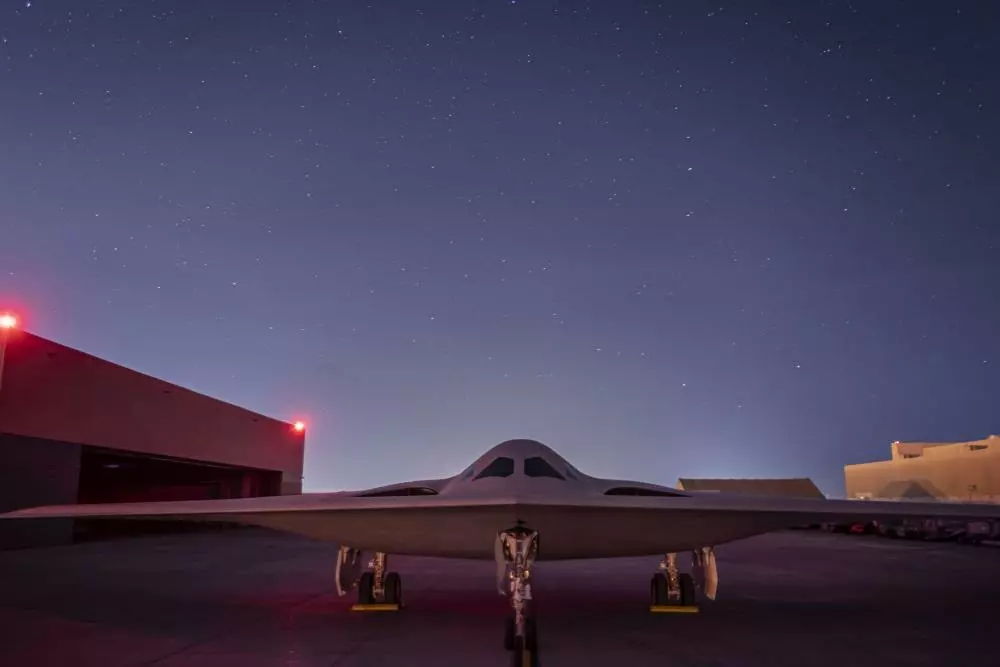
In the latter half of the 20th century, the United States emerged as the global leader in airpower technology, from high-performing fighters like the F-15 and F-16 to extremely stealthy bombers like the B-2 Spirit. Now, as the B-21 cruises toward service, it will be the first of a new bevy of advanced platforms that are soon to fill American hangars.
The B-21 Raider will enter service sometime in the mid-2020s, followed by the Air Force’s Next Generation Air Dominance fighter in the mid-2030s and the Navy’s F/A-XX fighter shortly after that.
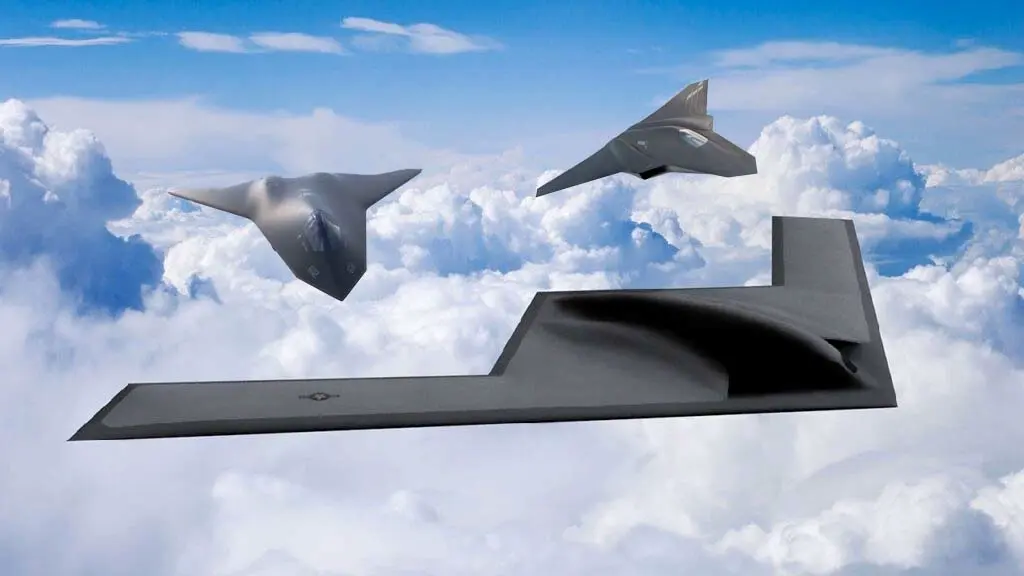
The B-21 Raider won’t just replace the B-2 Spirit: it will also replace the supersonic heavy-payload B-1B Lancer. It will be able to do so because the Air Force intends to procure more than 100 of these new bombers five times the quantity of B-2s ever delivered. And considering the B-21 Raider has consistently been reported as on-time and on-budget, this is one stealth program that might actually get to see deliveries meet projections.
In a real way, the unveiling of the B-21 Raider is as exciting today as the unveiling of its predecessor all the way back in 1988. Like the B-2, this new bomber could change how America approaches airborne warfare, complicate the combat calculus potential opponents need to address when challenging the nation, and raise the bar in terms of what stealth can accomplish, both for deterrence and combat capability.
The B-21 is expected to make its first test flight in 2023.
Read more from Sandboxx News
- The CIA used miniature models to meticulously plan high-stakes operations
- We asked AI to create images of top-secret new stealth aircraft and these were the results
- Watch this rare combat footage of B-17 bombers raiding Germany
- Offsetting China’s stealth fighter advantage: An in-depth analysis
- The story behind this all-gold F-16 – and 5 more new combat plane paint jobs you need to see
Related Posts
Sandboxx News Merch
-

‘Sandboxx News’ Dad Hat
$27.00 Select options This product has multiple variants. The options may be chosen on the product page -

‘AirPower’ Golf Rope Hat
$31.00 Select options This product has multiple variants. The options may be chosen on the product page -

‘Kinetic Diplomacy’ Bumper Sticker (White)
$8.00 Add to cart

Alex Hollings
Alex Hollings is a writer, dad, and Marine veteran.
Related to: Airpower
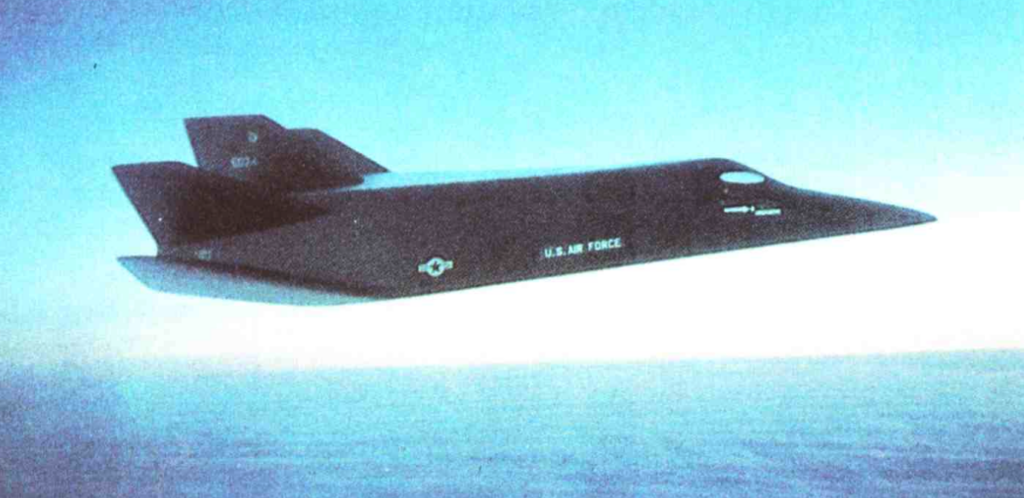
Game-changing military aircraft that were canceled before they could change the game
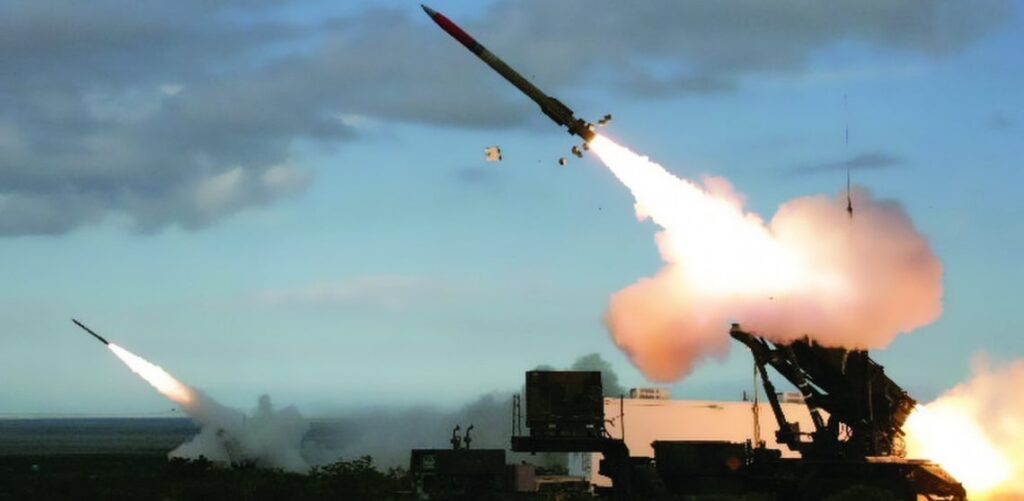
The ultimate guide to the Patriot air defense system
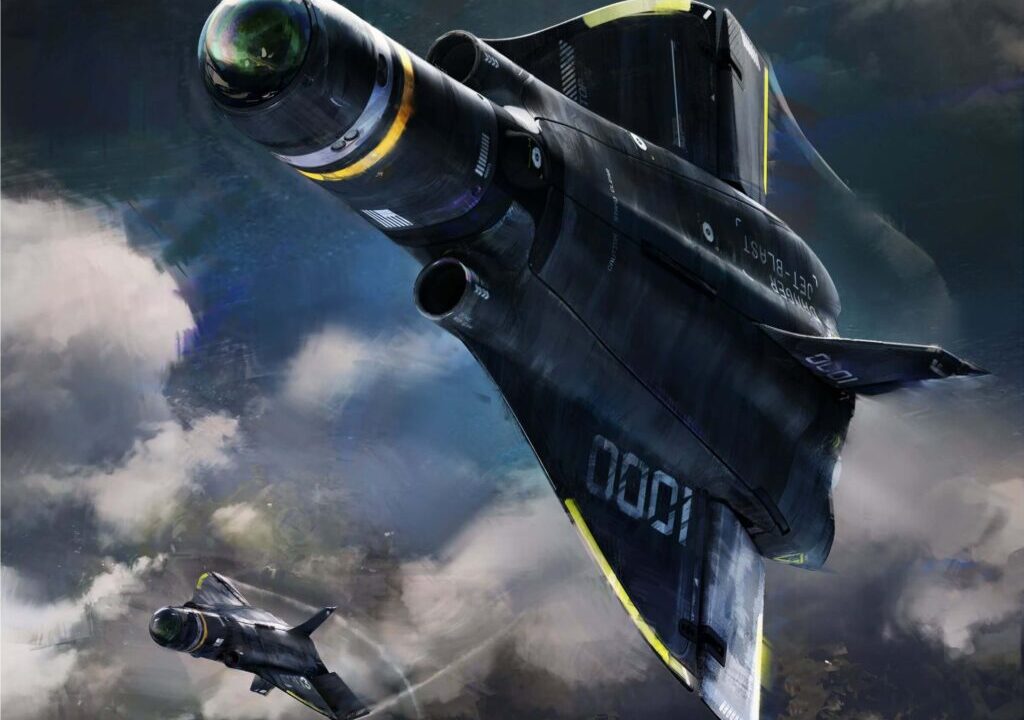
Anduril’s Roadrunner is a unique reusable missile interceptor
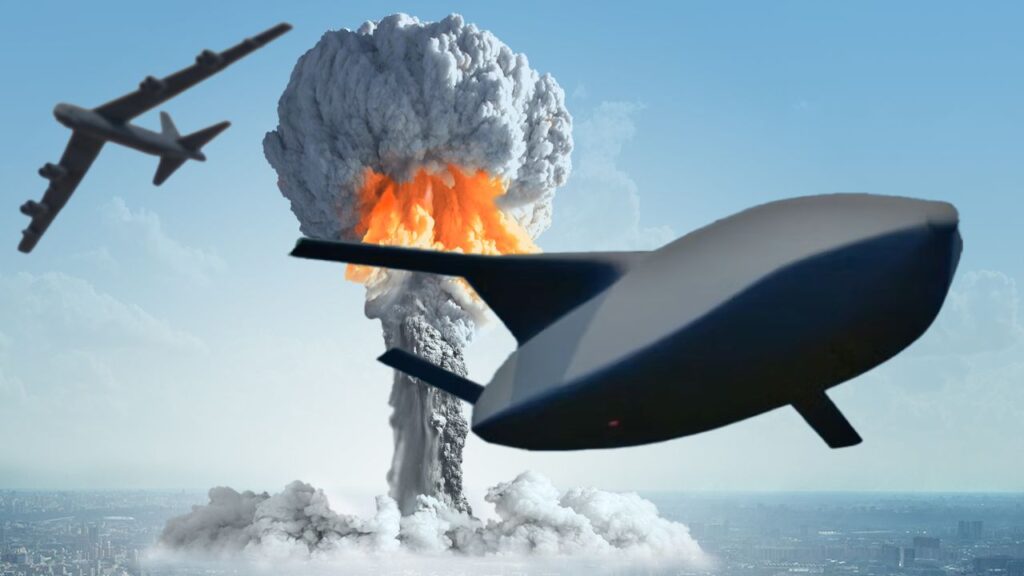
The AGM-181 LRSO missile will modernize America’s nuclear triad
Sandboxx News
-

‘Sandboxx News’ Trucker Cap
$27.00 Select options This product has multiple variants. The options may be chosen on the product page -

‘AirPower’ Classic Hoodie
$46.00 – $48.00 Select options This product has multiple variants. The options may be chosen on the product page -

‘AirPower’ Golf Rope Hat
$31.00 Select options This product has multiple variants. The options may be chosen on the product page -

‘Sandboxx News’ Dad Hat
$27.00 Select options This product has multiple variants. The options may be chosen on the product page
